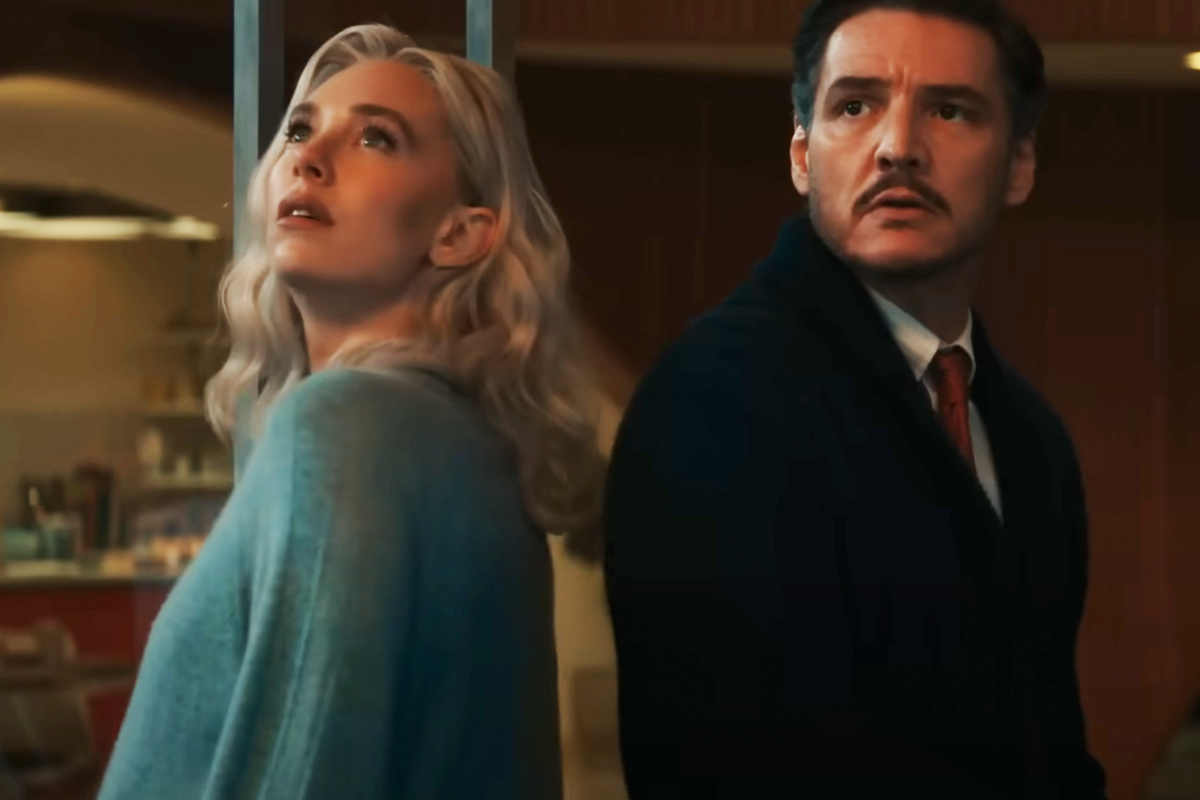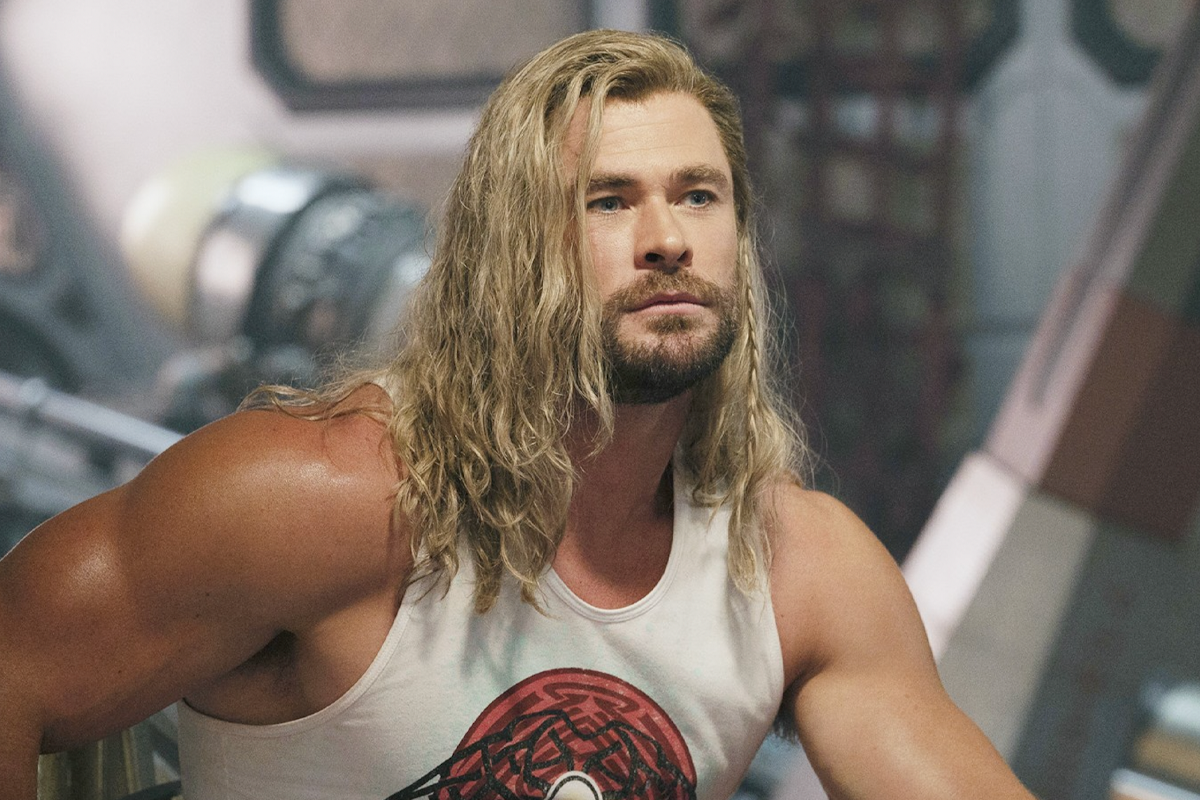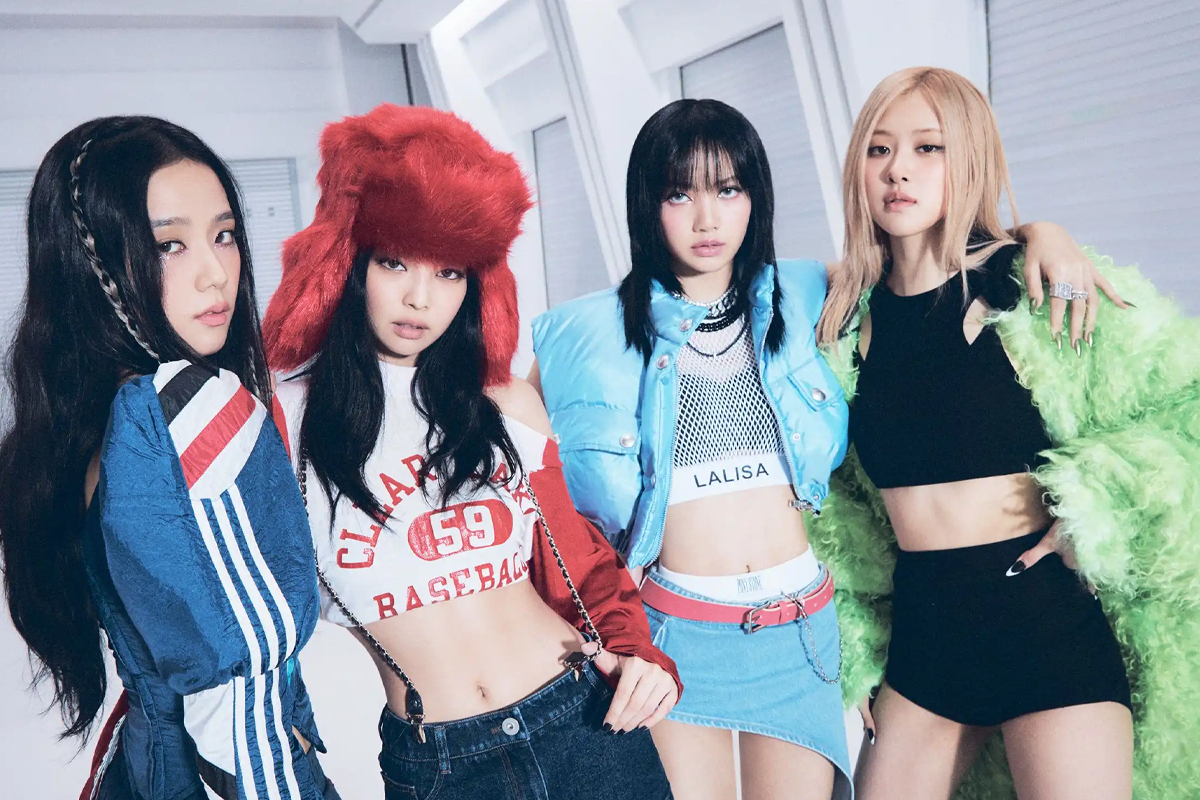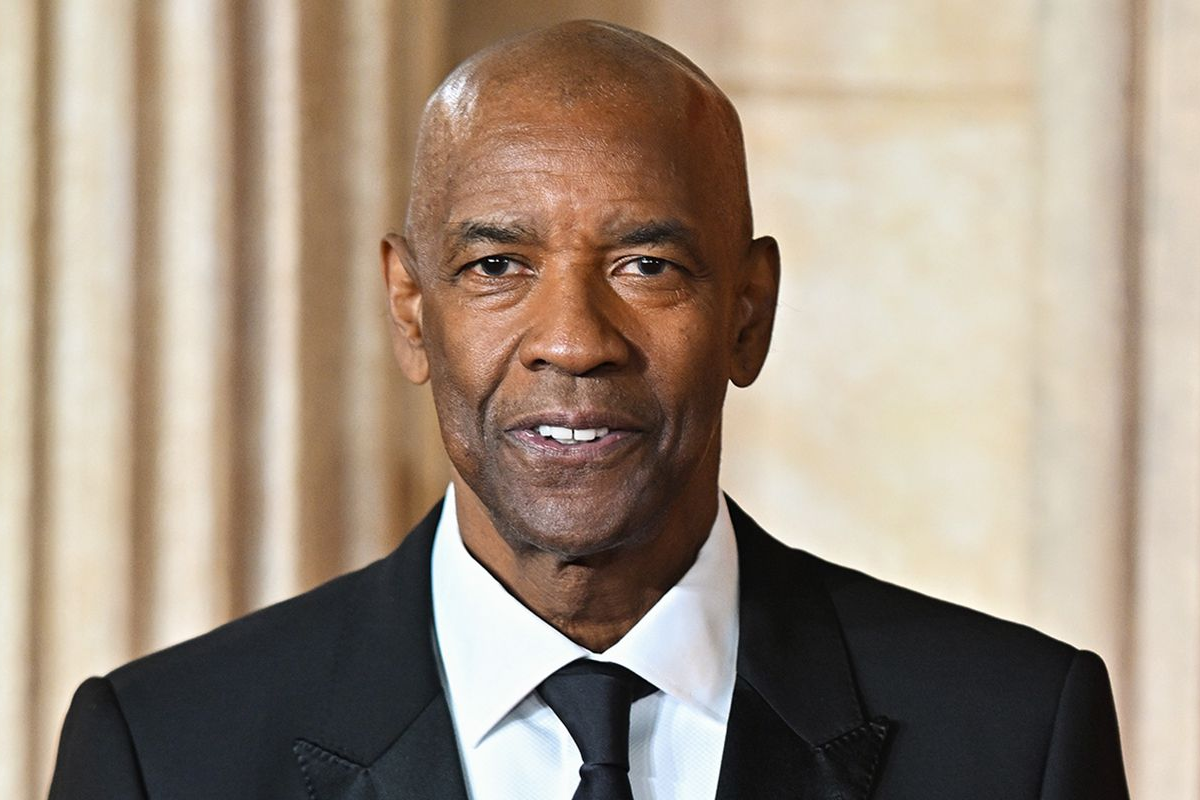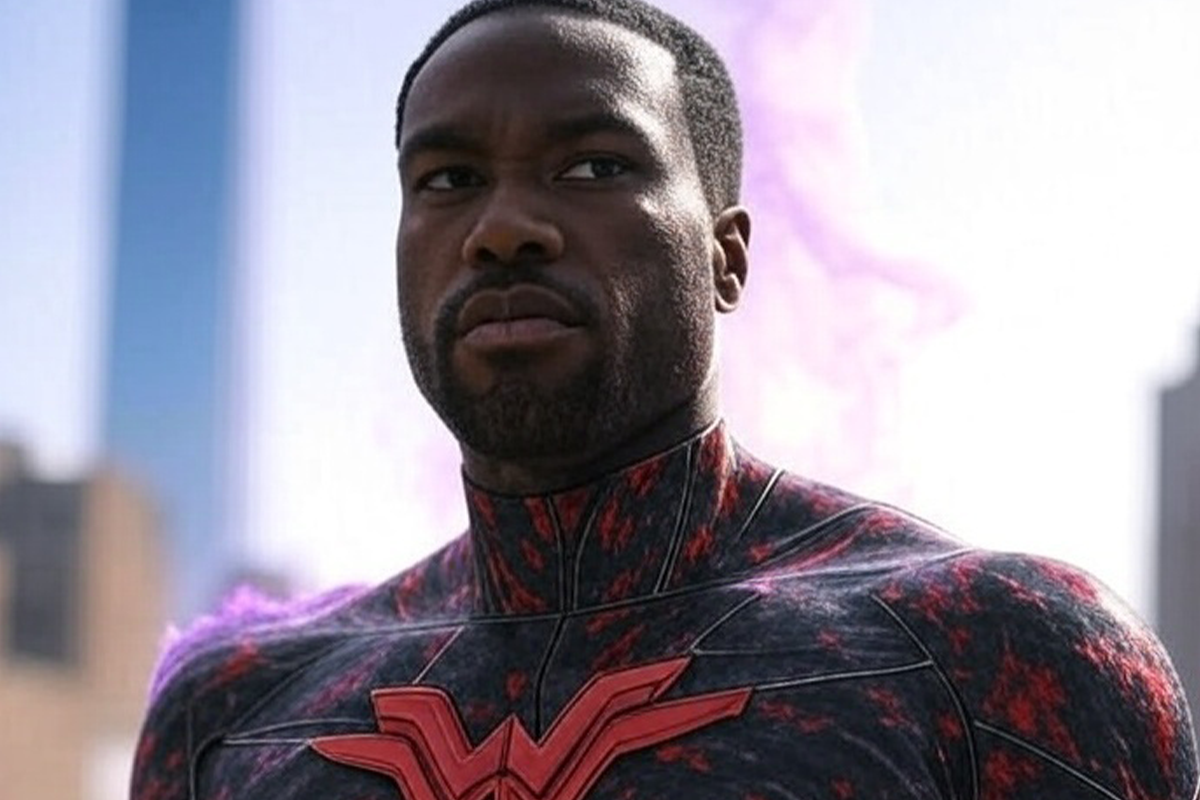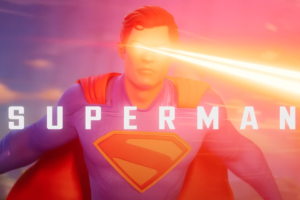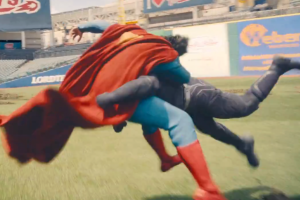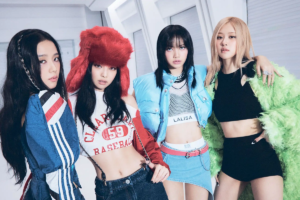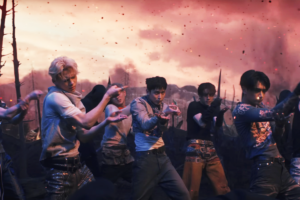Marvel Studios’ The Fantastic Four: First Steps is shaping up to be a massive film for the MCU, diving headfirst into a vibrant, retro-futuristic 1960s universe that feels like a love letter to classic sci-fi and superhero storytelling. During a recent set visit hosted by Collider, director Matt Shakman and the stellar cast, including Pedro Pascal, Vanessa Kirby, Joseph Quinn, and Ebon Moss-Bachrach—shared insights into how this film channels the ambitious spirit of Stanley Kubrick’s 2001: A Space Odyssey, the optimistic camaraderie of Star Trek, and even the grounded charm of Sam Raimi’s Spider-Man trilogy. Here’s everything we learned about this exciting reboot of Marvel’s First Family, set to hit theaters on July 25, 2025.
A 1960s Sci-Fi Spectacle Rooted in Authenticity
The Fantastic Four: First Steps is a time capsule that captures the bold optimism of the 1960s Space Race while embracing a retro-futuristic aesthetic. Shakman and his team have gone all-in to make the film feel like it was crafted in 1965, blending practical filmmaking techniques with the larger-than-life imagination of Marvel’s first superhero team.
Key Elements of the Retro-Futuristic Vision
- Kubrick’s Influence: Shakman draws heavily from Stanley Kubrick’s 2001: A Space Odyssey (1968), particularly in the film’s production design. Reed Richards’ lab, a centerpiece of the film, mirrors the sleek, futuristic aesthetic of Kubrick’s iconic sci-fi masterpiece. The lab is split into three color-coded sections: a red room for research, a yellow room for brainstorming, and a blue room for monitoring, all evoking the meticulous detail of 1960s sci-fi.
- Practical Effects Over CGI: To ground the fantastical elements, the team prioritized practical sets and props. A standout is the 14-foot miniature of the team’s spaceship, The Excelsior, built to evoke the tactile realism of Kubrick’s miniatures. Set decorator Jill Azis emphasized that “the fantasy elements work much better if the believable elements are really believable,” ensuring authenticity in every detail.
- Retro Lenses and Techniques: The crew used vintage 16mm and 35mm cameras, including one borrowed from the father of second unit director of photography Tim Wooster, to capture the grainy, authentic look of 1960s filmmaking. This approach, combined with old-school lenses, gives the film a distinct visual texture that sets it apart from the polished CGI-heavy MCU norm.
| Inspiration | How It Shapes the Film |
|---|---|
| Stanley Kubrick | Influences production design, with Reed’s lab and The Excelsior echoing 2001’s aesthetic. |
| 1960s Space Race | Captures the JFK-era optimism, positioning the Fantastic Four as celebrated astronauts. |
| Practical Filmmaking | Uses miniatures, real sets, and vintage cameras to create a tangible, authentic world. |
A Family-First Story in a Standalone Universe
Unlike most MCU films, The Fantastic Four: First Steps exists in its own alternate 1960s universe, free from the constraints of the main Earth-616 timeline. This creative freedom allows Shakman to focus on the core dynamic of Marvel’s First Family—Reed Richards (Mister Fantastic), Sue Storm (Invisible Woman), Johnny Storm (Human Torch), and Ben Grimm (The Thing)—without the baggage of crossovers or Easter eggs.
Why the Standalone Approach Works
- No MCU Overlap: Shakman proudly noted, “We are our own universe. There’s no running into Iron Man or whatever. They’re it, in this universe.” This isolation lets the film carve its own path, focusing on the team’s bond and their battle against the cosmic threat of Galactus (Ralph Ineson) and his herald, Silver Surfer (Julia Garner).
- Family at the Core: The 1960s setting ties into the original comics’ debut in 1961, reflecting the era’s hopefulness and the team’s dynamic as explorers rather than just superheroes. Shakman highlighted how the film channels Star Trek’s sense of “family and optimism,” with the Fantastic Four embodying the spirit of adventure over traditional heroics.
- A Fresh Narrative: By skipping the origin story (the film picks up four years after the team gains their powers), the focus shifts to their established dynamic and a high-stakes mission. The trailer teases Sue and Reed expecting a child, adding a personal layer to their fight against Galactus.
| Character | Actor | Role in the Story |
|---|---|---|
| Reed Richards | Pedro Pascal | The brilliant leader, balancing science and family as he faces a cosmic threat. |
| Sue Storm | Vanessa Kirby | The team’s heart, navigating her role as Invisible Woman and future mother. |
| Johnny Storm | Joseph Quinn | The fiery Human Torch, bringing youthful energy and charm to the group. |
| Ben Grimm | Ebon Moss-Bachrach | The Thing, grounding the team with his humor and spirit. |
Sam Raimi’s Spider-Man Legacy on Display
Producer Grant Curtis, a veteran of Sam Raimi’s Spider-Man trilogy, brings a familiar sensibility to First Steps. His experience working on those films, known for their heartfelt character moments and practical action, informs the grounded approach to this cosmic adventure.
Raimi’s Influence in Action
- Practical Action: Much like Raimi’s use of practical effects in scenes like Tobey Maguire’s iconic tray-catching moment in Spider-Man (2002), First Steps leans on tangible sets and props to make the fantastic feel real. Curtis recalled the “no-brainer” casting of Alfred Molina as Doctor Octopus, a mindset echoed in the meticulous casting of First Steps.
- Character-Driven Storytelling: Raimi’s films balanced spectacle with human drama, a philosophy Shakman adopts here. The Fantastic Four’s personal struggles,especially their family dynamic—take center stage, making their cosmic battle feel deeply personal.
- Nods to the Past: The film’s Yancy Street set, inspired by Jack Kirby’s childhood neighborhood, feels like a nod to the grounded New York settings of Raimi’s Spider-Man. This authenticity roots the sci-fi in a relatable, human world.
| Raimi Element | How It Appears in First Steps |
|---|---|
| Practical Effects | Miniatures and real sets mirror Raimi’s tactile action sequences. |
| Emotional Depth | The family dynamic echoes the heartfelt character moments of Raimi’s trilogy. |
| Grounded Settings | Yancy Street’s New York vibe recalls the lived-in feel of Raimi’s Spider-Man films. |
A Cosmic Threat and a Vibrant World
The film pits the Fantastic Four against Galactus, a planet-devouring cosmic entity, and his enigmatic herald, Silver Surfer. This high-stakes conflict is set against a meticulously crafted 1960s-inspired world that blends retro aesthetics with futuristic tech, evoking both The Jetsons and the Apollo missions.
What Sets the World Apart
- Galactus and Silver Surfer: Ralph Ineson’s Galactus and Julia Garner’s Silver Surfer bring a mythic scale to the story. The trailer hints at their arrival as a fiery, apocalyptic threat, with the Fantastic Four standing as Earth’s only defense.
- Retro-Futuristic Design: From the Fantasticar to H.E.R.B.I.E., the team’s robotic assistant (voiced by Matthew Wood), the film’s tech feels like a 1960s vision of the future. Shakman’s use of practical props, like a wooden H.E.R.B.I.E. puppet, adds charm and authenticity.
- Cultural Touchstones: The film leans into the Space Race and JFK’s optimism, with the Fantastic Four as celebrated astronauts rather than traditional superheroes. This vibe, paired with comic-accurate details like the Future Foundation, ties the film to its 1961 roots while feeling fresh.
| World-Building Element | Why It Matters |
|---|---|
| Galactus & Silver Surfer | Introduces a cosmic-scale villain, raising the stakes beyond typical MCU threats. |
| Retro-Futuristic Tech | Blends 1960s aesthetics with sci-fi imagination, creating a unique visual identity. |
| Future Foundation | Nods to the comics’ superhuman think tank, hinting at deeper lore for the team’s world. |
We will be seeing The First Family on full display on July 25, 2025, when The Fantastic Four: First Steps blasts into theaters, ready to take Marvel fans on a retro-futuristic ride unlike anything we’ve seen before.

